Terminology to understand before you buy physical precious metals
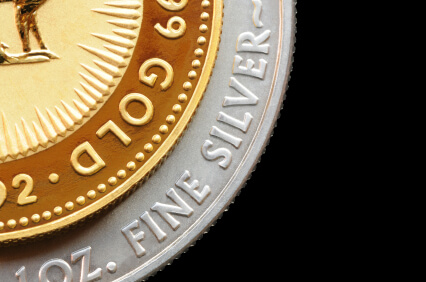
In April 2020, GoldNews.com.au came under new management, articles published before this time, such as the below, may not reflect the views or opinions of the current GoldNews.com.au team.
Precious metals are easy to buy, but there are a few terms to understand to really know what you are doing. Most buyers have no idea about these terms and they go straight ahead to buy what they want, while forgetting that buying bullion is actually a need, that need is to preserve wealth and attain precious metals as close to the global market price as possible, without this it is very easy to be ripped off or obtain bullion which is inferior in price, meaning you will need to hold it longer to make a return. Below are the most essential terms required to be understood before you go ahead and buy any precious metal.
Spot Price
Spot price of a precious metal is the price or the worth of the metal at that instant of time. Spot Price is determined by the London Bullion Market, and it does not include other charges. It is the price of pure metal. Sport price of a precious metal might rise or fall depending on many market factors.
Premium
When a precious metal is made into a product or a shape, say for example a coin or a bullion, you will have to pay an extra charge for this. That extra charge is called the premium. Most people buy previous metal only with premium, except the dealers who will speak with spot price.
Bid and Ask
The bid rate is the price at which a bullion dealer is going by when purchasing gold from you, dealers may also lower this price more so finding the best bullion dealer offering the most return is essential.
The Ask rate is the price at which a dealer offers to sell, you will pay slightly more than the bid price, again often a premium is added, and finding the best premium will involve comparing prices between precious metal dealers.
Bullion
Bullion is bought by people who want to use precious metals for investment. Bullion is normally produced in forms which are easy to stack and store away in a safe. Bars, ingots and wafers are the most common forms of bullion. Bullion coins are also available. The legal term in Australia for bullion is 99.5% pure gold or 99.9% pure silver, bullion bars, ingots, wafers and coins of this purity are required to be bought and sold without GST in Australia.
Numismatic Coins
Non numismatic coins are a type of bullion, but numismatic coins are different. The hobby of coin collection is called numismatics d numismatic coins are those coins which are not only made of precious metals, but also have significance. They are priced on the basis of rarity, condition of the coins, the time period in which they were used (older coins have greater value) and other such phenomenon.
Market Loss Policy
Precious metal firms will have a cancellation and market loss policy. When you purchase a precious metal from a firm, you will fix the deal and a confirmation number will be given. However, the price fixed will be allotted to you and in case there is a deficit between the offsetting price and the purchase price, it could be cancelled or returned. The market gain and cancellations are the property of the firm. This again, is more similar to the stock market.
BU – Brilliant Uncirculated
BU is again another term which is used for a new coin. Again, the name itself makes it clear. BU coins could be used before and uncirculated does not literally mean otherwise. There could also be light wear and tear, but it would be quite less in general when compared to the others. BU coins also have added value.
Fineness
Fineness is the measurement of purity of a precious metal. It is measured in 1000 pars. For example, if I gold bad is said to have .990 fineness, it has 990 parts of gold, and the rest (10 parts) is some other impurity. American Silver Eagle has the best fineness till date. It has a fineness of .999 which means that it is 99.9% pure.
Obverse and Reverse
Obverse is the front of a coin and reverse is the back of a coin.
These are the major terms you will have to know before buying or dealing in transactions with a precious metal.












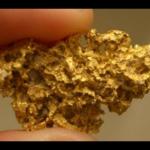
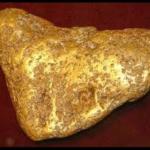
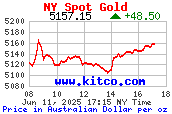
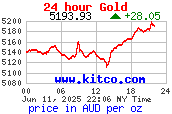
Leave a Reply